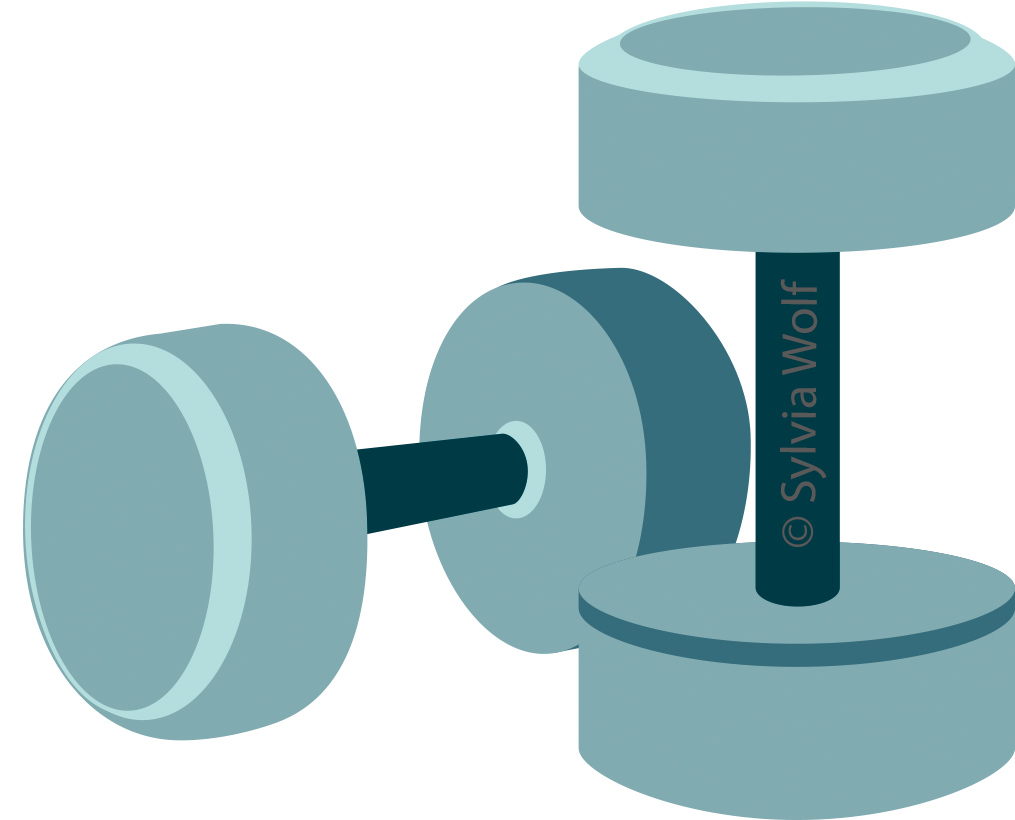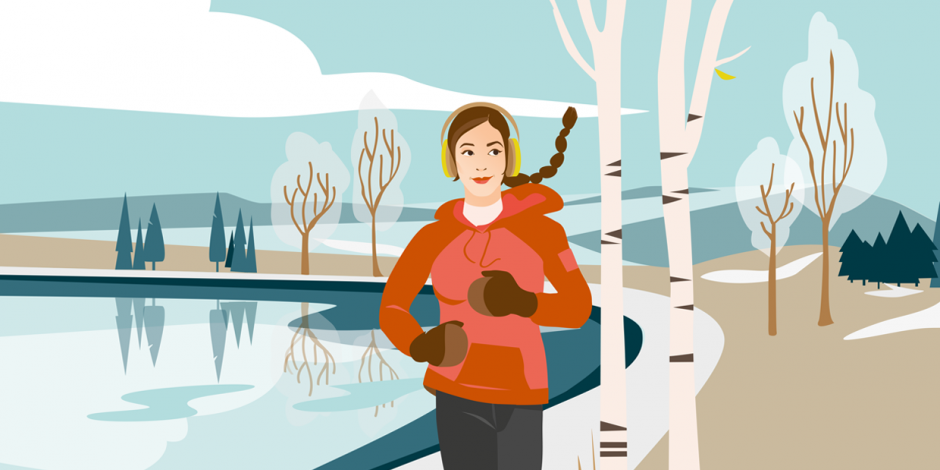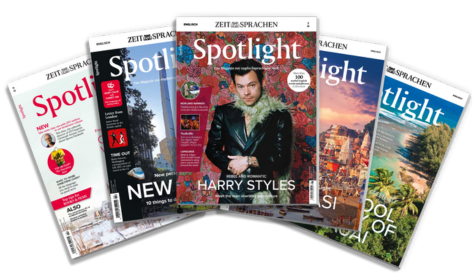Stand up, to grabgreifen, schnappengrab a bottle of water and come to the gymFitnessstudiogym for a low-impact, full-body workout of the basic tenses – but no sweating, guaranteed! Read our short rules on when to use each tense, familiarize yourself with key words and phrases to help you choose the correct one and do a short exercise to practise what you’ve learned.
Here, we start with the present simple and the present continuous. In issueAusgabeissue 2/22 of Spotlight, you’ll also find explanations and exercises about the past simple and the past continuous. And we’ll look at more tense(grammatikalische) Zeittenses in Spotlight 3/22.
Are you ready to work out? Then off we go!

Present simple
The present simple is used for general statements – things that are always true:
- The gym has two studios and a weights roomKraftraumweights room.
The present simple is also used when talking about routines – things that we do often or regularly:
- I go to the gym twice a week.
Key words and phrases
often, usually, sometimes, always, every day, twice a week, once a month, every Monday, on Fridays
Remember!
“He / she” forms end in an “-s”.
Use “do / does” to form questions.
Use “doesn’t / don’t” to form negatives.
Present simple
Exercise
Present simple

Present continuous
The present continuous is for “now” – things that you are doing at the moment of speaking:
- This is a hard workout – I’m sweating!
The present continuous is used to talk about projects – things you’re doing this week, month or year:
- I’m learning to swim this summer.
Key words and phrases
(right) now, at the moment, today, this morning, this week, this month
Remember!
Some verbs – such as “own”, “want”, “like”, “understand”, “know” or “need” – are normally used only in the present simple, not in the present continuous. The active form of “have” requires the present continuous: “We’re having dinner.” For the possessive form of “have”, use only the present simple: “We have a cat.”



